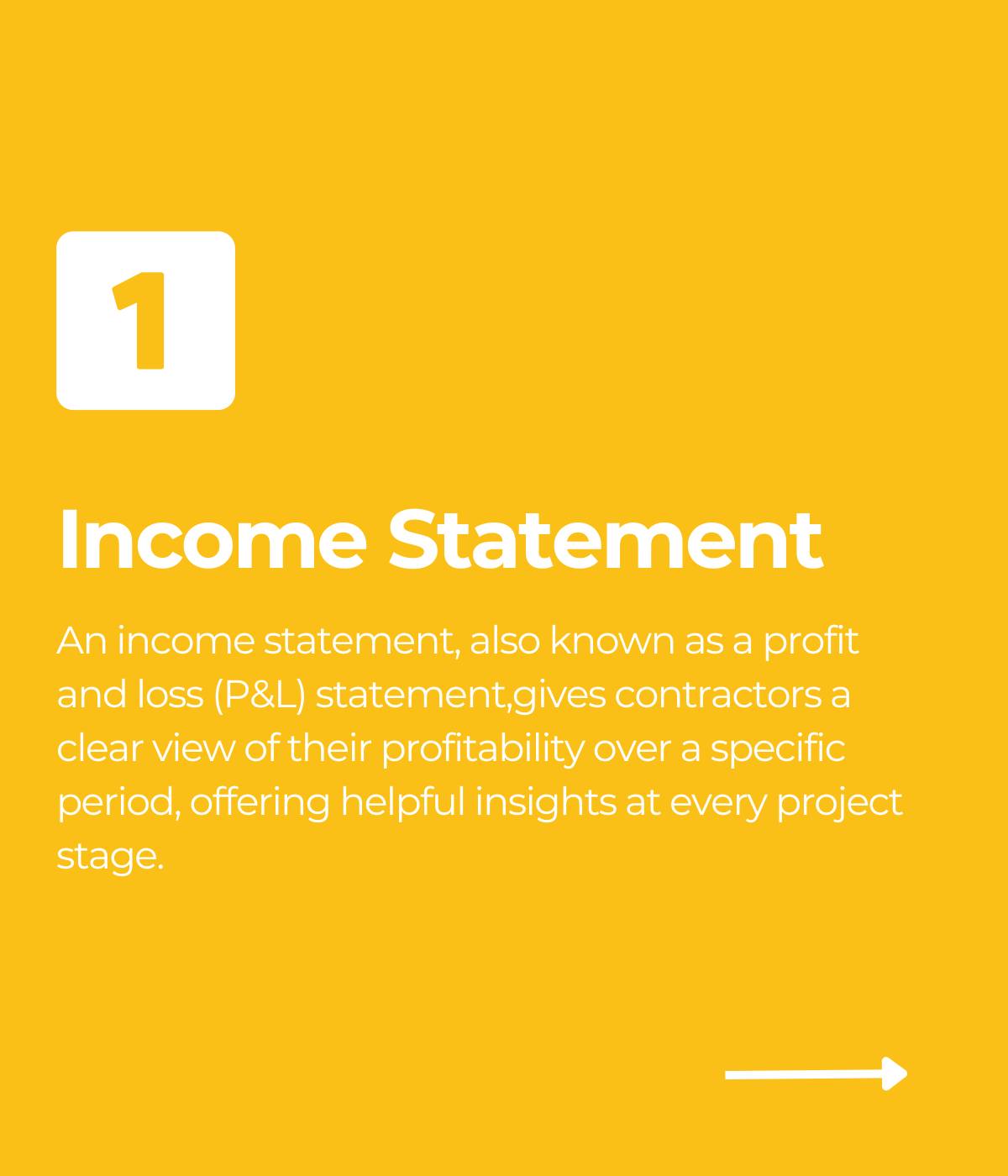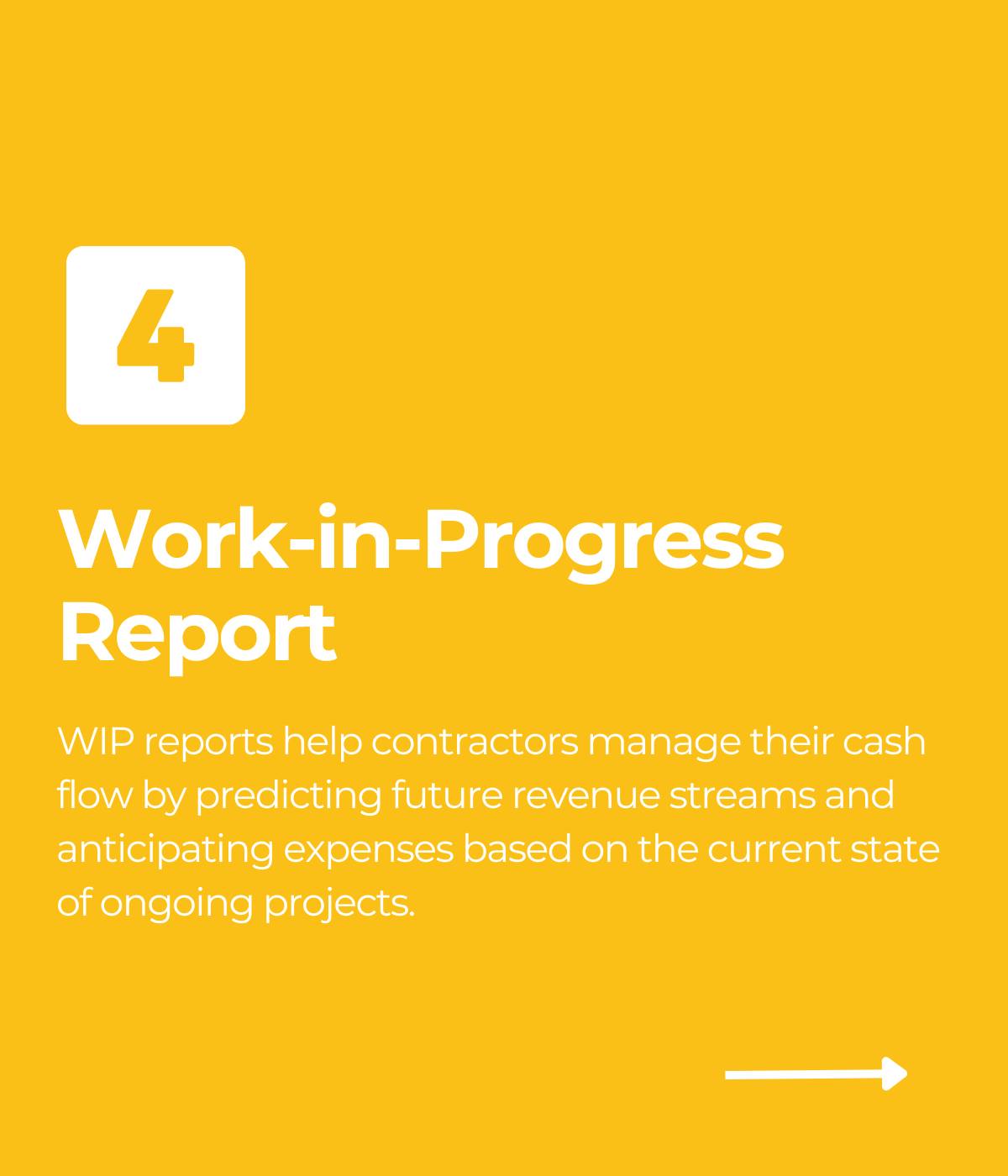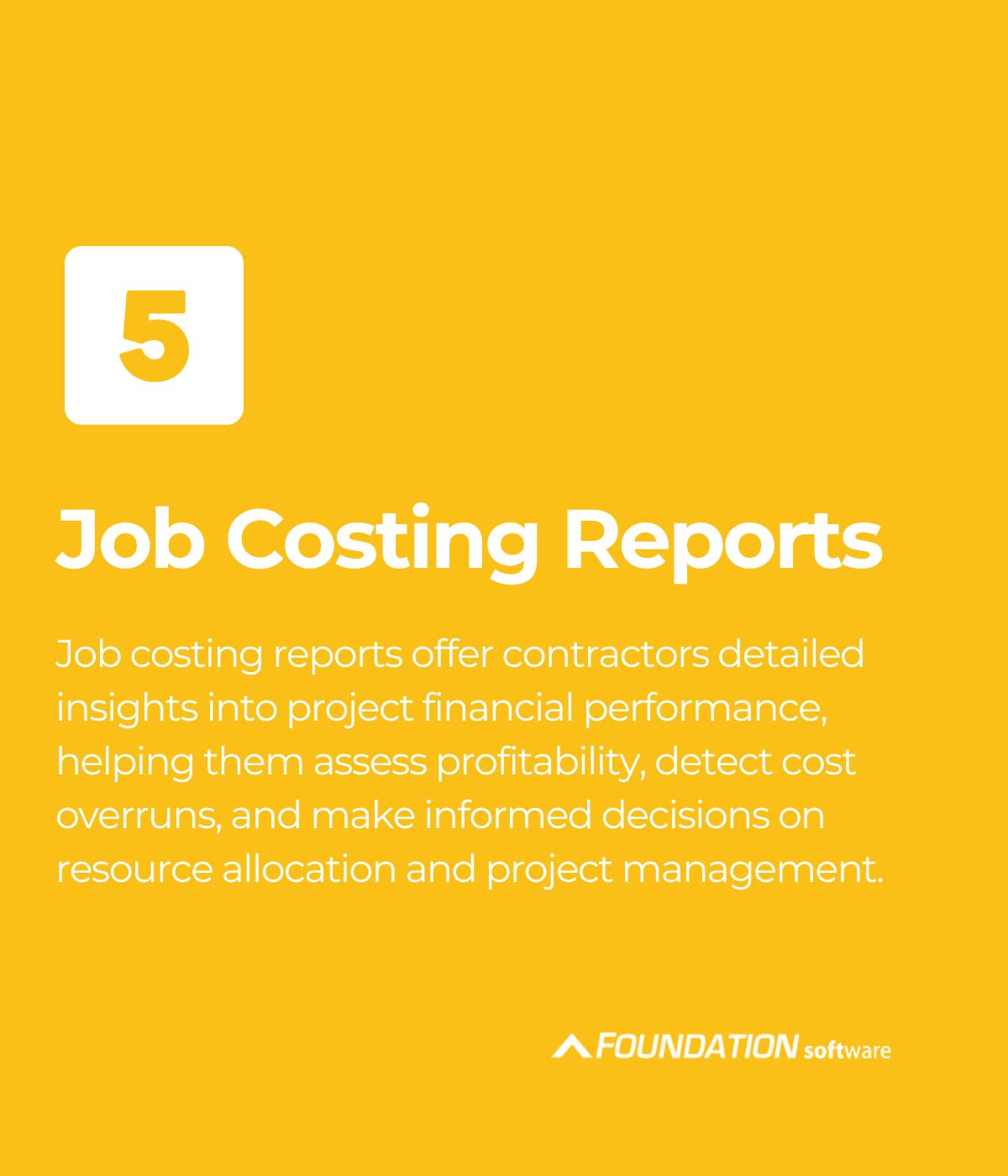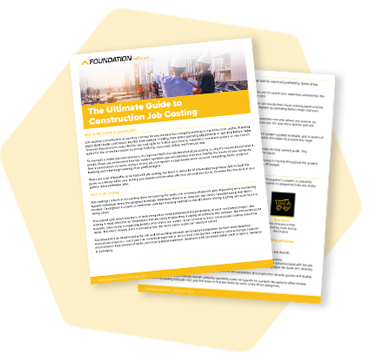
Updated: May 9th, 2024
Construction businesses don’t usually have a choice about paying costs, but contractors may have the choice whether to treat them as an expense on their financials. It’s called capitalization, and it’s not just for grammarians.
What Is Expensing in Construction?
Expensing a construction cost is simply recording the purchase as an expense on the income, or, profit-and-loss (P&L) statement. Let’s look at an example under a traditional double-entry accounting system:
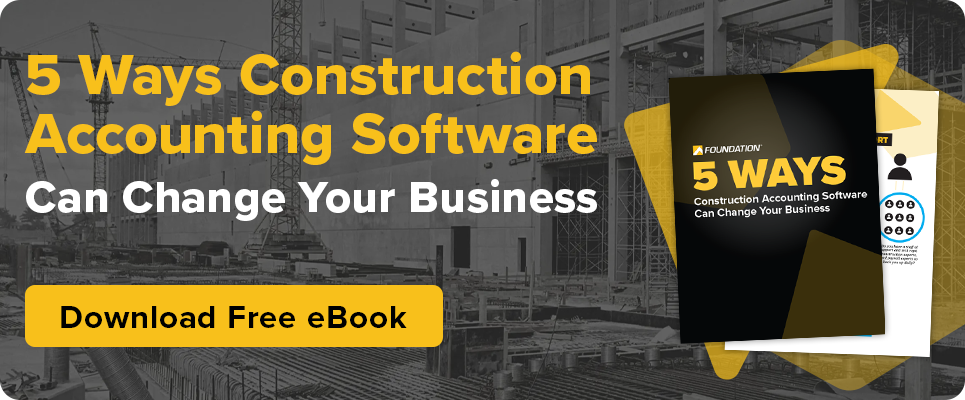
Build-It Construction Co. is invoiced for a $500 equipment rental. They might record a $500 credit to increase their payables account, then a $500 debit to increase a general ledger account that’s dedicated to equipment expenses. As a result, their books balance, and their P&L will show $500 less profit.
| Account | Debit | Credit |
|---|---|---|
| Equipment Expenses | 500 | |
| Accounts Payable | 500 |
What Is Capitalization in Construction?
In construction accounting, to capitalize is to record a purchase as an asset on the balance sheet rather than as an expense on the income statement. The principle here is this: the value paid hasn’t left the company — even if cash has gone out and even if they’ve added debt. By categorizing the purchase as an asset, they’re reporting the value it has for their business.
Therefore, a sample capitalization entry will look different:
| Account | Debit | Credit |
|---|---|---|
| Fixed Assets | 500 | |
| Accounts Payable | 500 |
Why capitalize? Capitalization allows contractors to recognize a large expense over time rather than as one big negative number on their P&L.
The expense will still show up on financial statements — just gradually. The way this is done is called depreciation for more concrete (“tangible”) assets or amortization for more abstract (“intangible”) assets. These methods systematically move a portion of its dollar value from assets to expenses over its expected useful, or, depreciable life.
| Account | Debit | Credit |
|---|---|---|
| Depreciation Expense | X,XXX | |
| Accumulated Depreciation | X,XXX |
In short, capitalizing rather than expensing will show higher profits on the P&L with higher taxes up front.
What Costs are Capitalized During Construction?
In construction accounting, there is a distinction between an asset vs. expense. Knowing the difference is crucial for properly recording and managing costs.
Asset:
- Assets typically refer to the physical structures or improvements being constructed, such as buildings, infrastructure, machinery or equipment.
- Certain costs incurred that contribute to the creation or enhancement of these assets are capitalized, meaning they are added to the cost of the asset on the balance sheet rather than expensed immediately.
Expense:
- Expense costs in construction are expensed immediately on the income statement during the period they are incurred.
- An expense is a cost incurred while generating revenue for a business. These typically refer to costs immediately recognized on the income statement during the period they are incurred.
- Construction expenses can include general administrative expenses, advertising costs and certain overhead costs that are not directly attributed to the project. Any costs incurred for repairs, maintenance or improvements are often expensed rather than capitalized.
Essentially, assets are not capitalized. Costs associated with the construction process, aka expenses, are capitalized costs. For most construction projects, specific expenses that are capitalized include:
- Direct Costs: These are directly attributed to the construction process. There are material direct costs which consist of the building materials specifically used in the construction process, direct labor costs which refer to the wages and benefits paid to workers and equipment direct costs which refer to asset rentals.
- Indirect Costs: Also referred to as overhead costs, these are expenses that are not directly attributable to the construction process but are necessary for it to occur. This can include costs such as supervision, permits, utilities and insurance.
- Interest Costs: Also known as capitalized interest, these costs refer to the interest incurred on loans used to finance the construction and may be capitalized under certain conditions, however, it is typically only applicable to self-constructed assets.
- Permit Fees, Professional Fees and Regulatory Costs: All costs associated with obtaining necessary permits, professionals involved in the design or planning process and complying with regulatory requirements.
- Land Preparation Costs: These costs typically refer to any expenses incurred in the preparation of the jobsite, such as excavation, grading and land clearing.
In the construction industry, every project varies, so determining which costs should be capitalized for your specific job beforehand can help create a smoother process.
When to Capitalize Costs During Construction
Generally, companies capitalize when they expect to use the value of a purchase over a long period of time. In other words, they decide that it’s a long-term investment called a capital expenditure. It’ll follow two rules:
- They’ll use the purchase for generating revenue.
- They expect to use it for more than one fiscal period.
Otherwise, a contractor will expense.
For example, Build-It Construction Co.’s equipment rental doesn’t fit those two criteria above. Depending on how they’re recognizing job revenue, lumber or paint used on a regularly invoiced project wouldn’t fit the bill either. All of these are “consumed” during the cost’s reporting period, meaning no value is left over for the company to report. This follows the “matching principle” of accounting, which keeps expenses reported in the same period as the revenues they generate.
If the company buys the equipment outright or even leases it, that’s a different story. It would also be different if they were purchasing or building property for their own business use, such as a warehouse — or even technology like tablets and software. In this case, they might also capitalize related costs, including interest on financing.
Creating a Capitalization Policy
That said, there exists a wealth of fine-grain guidance for contractors to be aware of when creating or applying a capitalization policy. These include FASB standards on when to capitalize, plus GAAP and IRS requirements for the amounts they can expense. There are also safe harbor elections and considerations for whether companies produce audited financial statements.
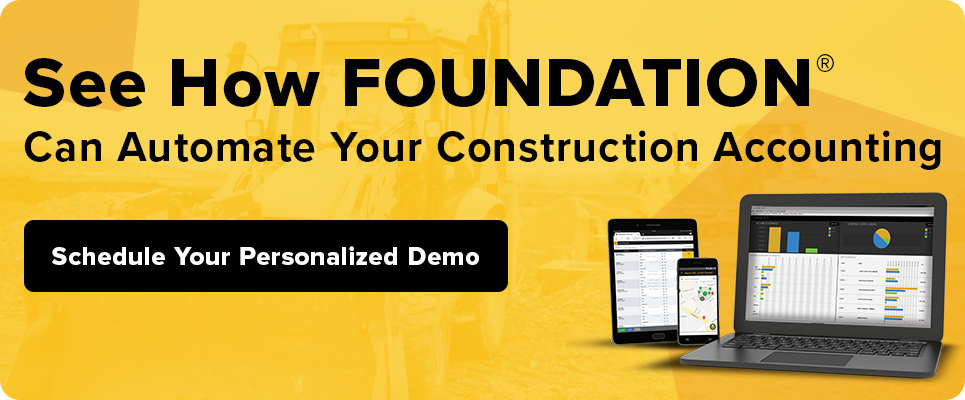
Construction companies need to have a consistent policy they use to determine when to capitalize during a project. Just as an example, you might require expensing all purchased items below $500. A policy should be the same for both internal bookkeeping and tax reporting purposes. However, contractors may be able to change their policy from one year to the next.
To take advantage of capitalization, the most important thing you can do is talk with your construction CPA about what would make sense for your situation. Lean on their expertise, and make sure you’re doing what makes sense for your business.
Share Article
Keep on current news in the construction industry. Subscribe to free eNews!
Our Top 3 YouTube Videos
Learn about our software more in depth with product overviews, demos, and much more!
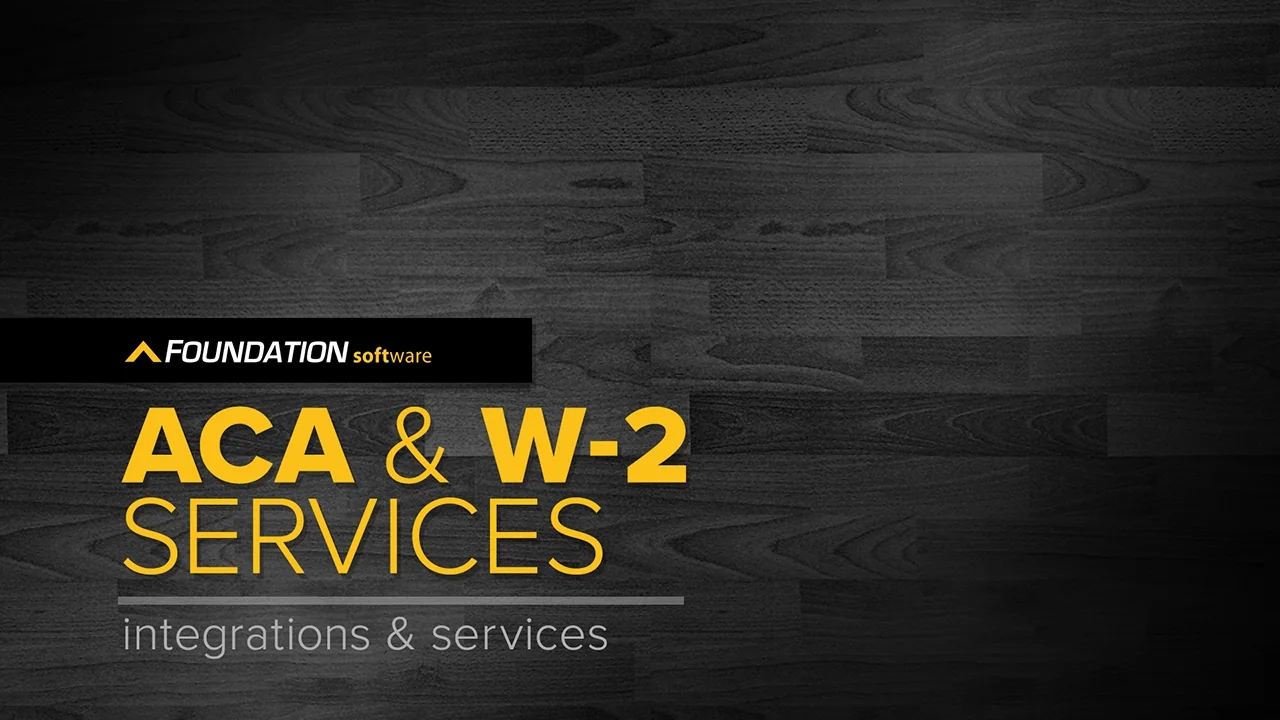
Our ACA reporting & e-filing services include official 1094-C and 1095-C IRS reporting, optional e-filing (no applying for a TCC code required), mailing to your employees and experienced support to help you.

There are plenty of reasons to make FOUNDATION your choice for job cost accounting and construction management software — just ask our clients!
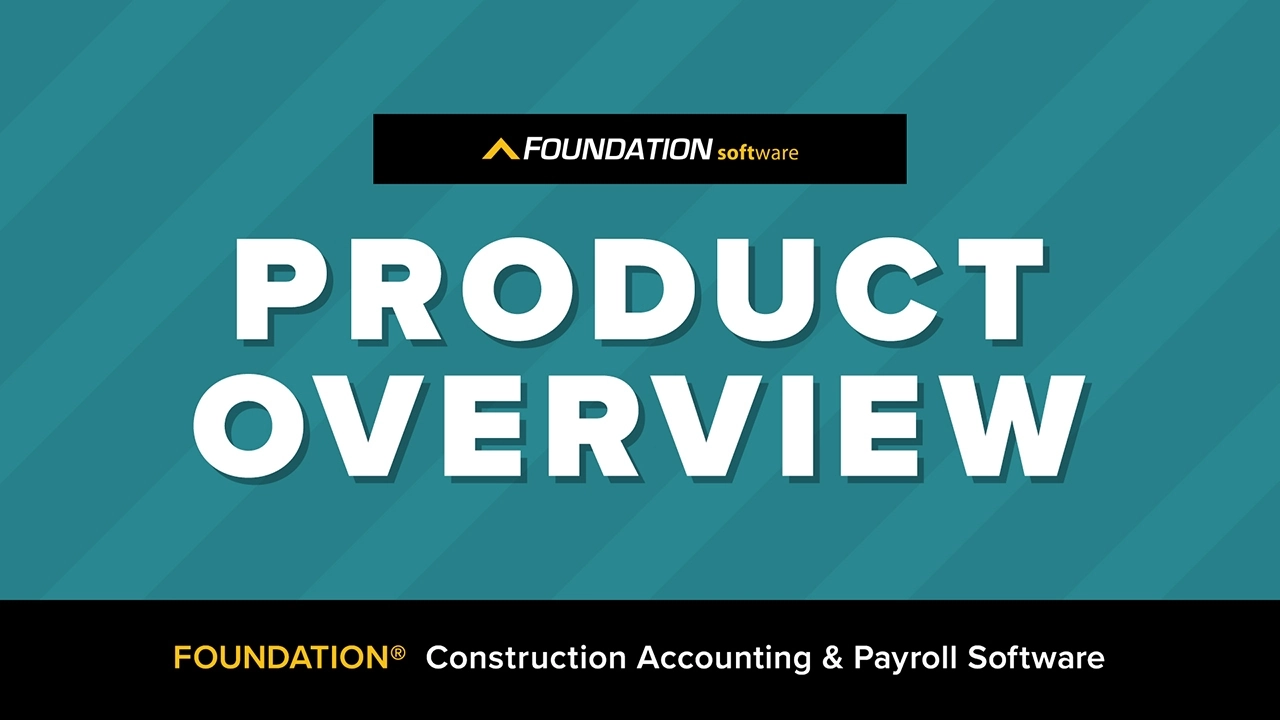
From job cost accounting software, to construction-specific payroll. Get an overview on your next all-in-one back-office solution.




